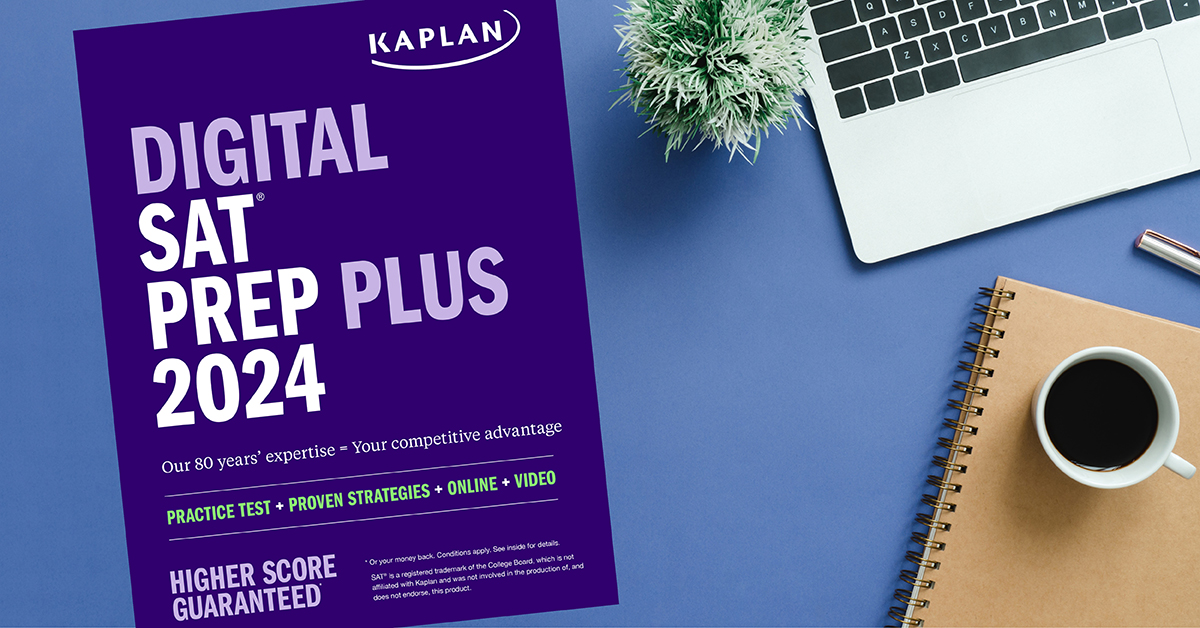
On Saturday, the SAT college entrance exam goes 100% digital for all students, the biggest change in the test’s 100-year history.
On Saturday (March 9), thousands of college hopefuls will walk into their proctored SAT testing center without their trusty No. 2 pencils.
The SAT, the largest college admission exam in the U.S., has gone 100% digital. All students will now take the test on tablets or laptops at various testing centers around the country. The College Board, which owns and develops the SAT, expects more than a million students will complete the digital exam throughout March and April.
“Anyone that has teenagers in their world knows that they’re very comfortable with devices,” says Heather Waite, director of college admission programs at Kaplan, an education services and test prep company.
“I do think part of this is just getting up with the times and making the SAT a more attractive test.”
NEW TEST IS ONE HOUR SHORTER
While international students took a digital-only SAT last year and high schoolers were given a digital Pre-SAT last fall, this is the first undergraduate college admission exam to adopt the completely digital format for all users.
The new digital format is the biggest change in SAT’s 100 year history, Waite says. There are other notable changes that go along with it.
Perhaps the biggest, and the most welcome by students, is the digital SAT is about one hour shorter than the previous version, taking just two hours and 14 minutes. It is broken into two sections: A 64-minute reading and writing section and a 70-minute math section. Each section is further broken into two equally-timed modules. (For comparison, the ACT lasts two hours and 55 minutes, not including an optional 40-minute writing test.)

Heather Waite, director of college admission programs at Kaplan
Reading passages are also shorter, making them easier to read and analyze, and only one question will be tied to each passage. The digital format features electronic bookmarks so that students can return to skipped questions, and test takers are allowed to use either a College Board approved calculator or an on-screen graphing calculator built into the test app.
Finally, the new SAT will be adaptive, with questions getting harder or easier depending on how students fare.
“So, students will take a reading and writing module and, based on their performance, they’ll be sent to either an on-average easier or on-average more difficult second reading and writing module. And the same process is repeated for math,” says Waite.
While students who are directed to the easier on-average module can still earn competitive scores, they won’t be able to get a perfect 1600. (Just like if they answer any question wrong on the paper version, they can’t get a 1600.)
College Board has said that a 1200 score on the pencil-and-paper test is going to mean roughly the same as a 1200 on the digital test. For prospective business majors looking to gauge their admission chances, we’ve compiled the highest and lowest average test scores for the 2023 incoming classes at all 91 schools on our 2024 Best Undergraduate Business School ranking. You can find them here.
ADVICE FOR STUDENTS
One obvious benefit for students is the digitized test will be easier to score, so students will receive their scores back in a matter of days. That’s less time anxiously waiting to see how one did.
Due to the magnitude of this change, Waite stresses to parents and students the importance of using updated prep materials for the digitized SAT. While the test still measures the same knowledge and skills as its pencil-and-paper version, the way questions look and feel is different. Using an older sibling’s hand-me-down prep books are not going to be as helpful.
“Vintage is very cool right now, very chic. But for test prep books, not so much,” Waite says.
She also advises students not to get hung up on the adaptive questions on test day. If you come across an easy question in the second module, it doesn’t necessarily mean you’ve been given the easier than average module. All modules have a mix of easy, medium and hard questions.
“We don’t want them to freak out and think all hope is lost. Do your best for every question. That’s going to give you the best opportunity to get the most competitive score for you,” she says.
IN TEST OPTIONAL SCHOOLS, ARE TESTS WORTH IT?
It is true that a growing number of colleges and universities are now “test optional,” a trend accelerated by the pandemic when lockdowns and social distancing greatly impeded exam readiness and test administration. Some schools have even gone “test blind” – meaning they won’t consider standardized test scores even for students who submit them.
However, some schools are now resuming previous requirements. Dartmouth College last month became the first Ivy League to reinstate standardized testing as part of its admission process, requiring an ACT or SAT score from undergrad applicants.
No matter the testing requirements of a student’s target schools, Waite recommends sitting for a college entrance exam and getting the best score they can.
“Even in a test optional school, if a student submits a strong score, that could be the thing that puts them over the edge,” she says. “If you have two very similar applicants, one submits a strong score, the other one doesn’t, that could be the thing that does it.
“Taking these tests and getting a good score just really keeps doors open. Not only for admissions, but also for scholarships and merit based aid.”
DON’T MISS: DECIDING BETWEEN TAKING THE SAT & ACT? HERE’S HOW TO CHOOSE AND 2024 RANKING: AVERAGE SAT & ACT SCORES AT THE TOP B-SCHOOLS











Questions about this article? Email us or leave a comment below.